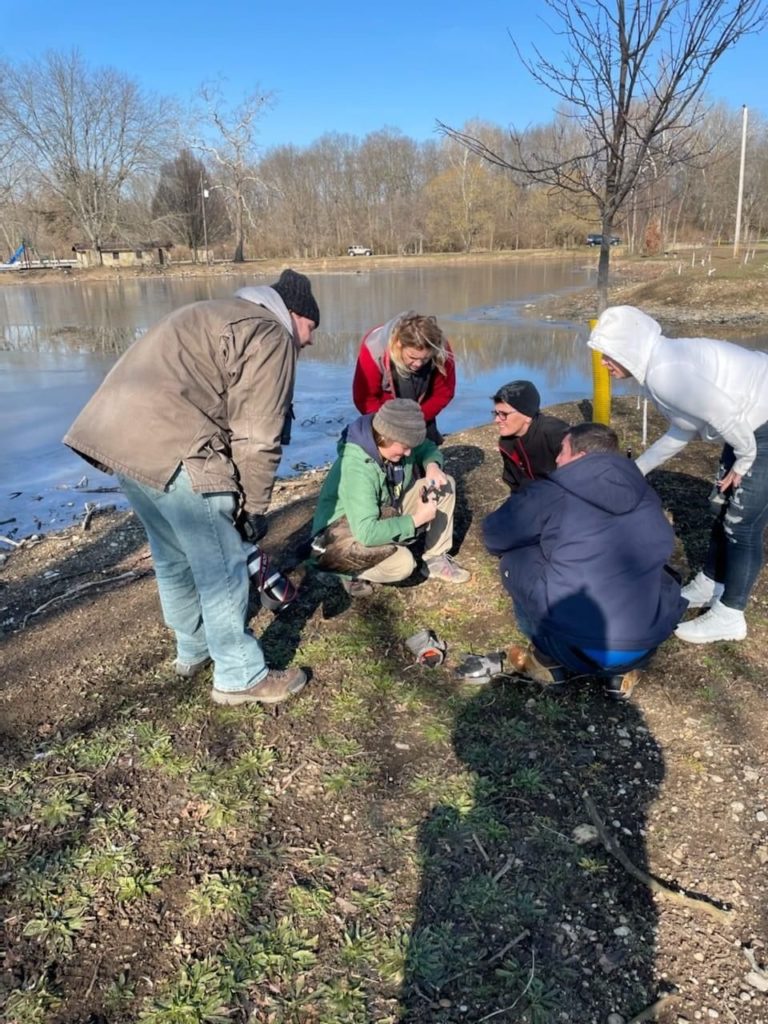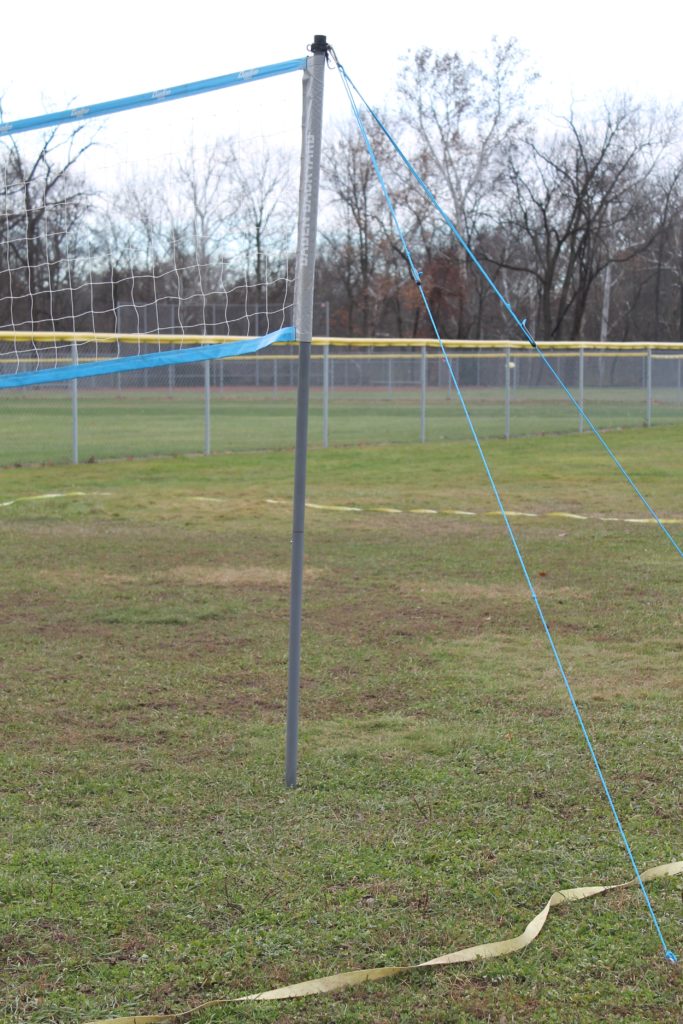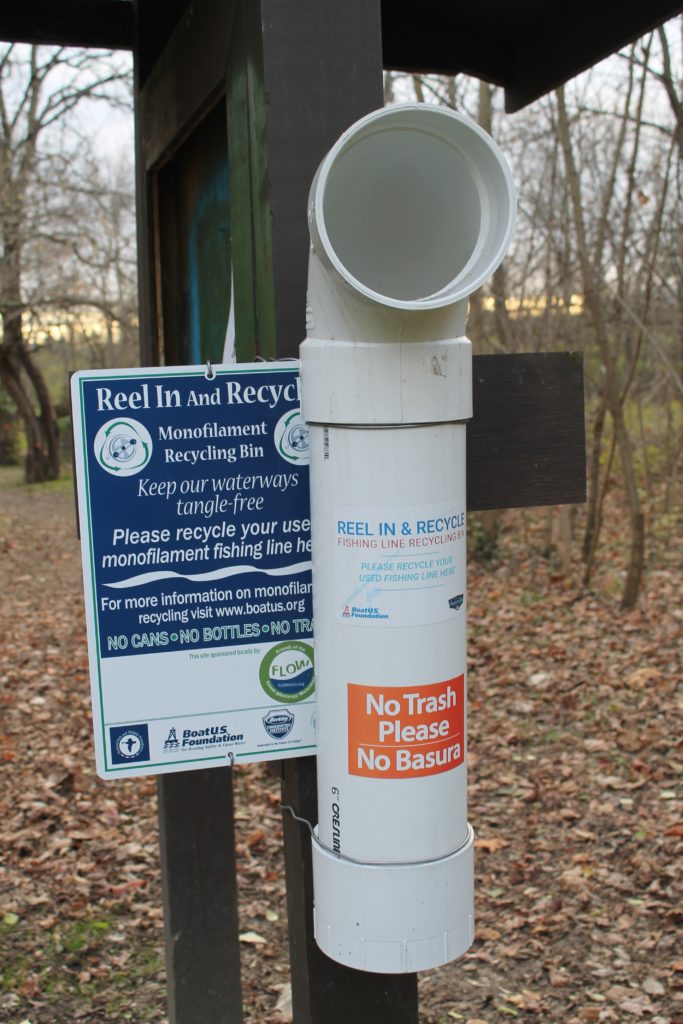Simple tips to deploy at home can prevent holiday hazards

Both large and small animals are often injured from trash and litter entanglements as they forage for food in parks and yards. The fall and winter holidays often accelerate these dangerous encounters when decorations are left behind after festivities are long over.
Outdoor holiday lights, sports nets, hammocks, garden netting and plastic trash can spell trouble for a host of wild species from snakes to deer when they become trapped or entangled while navigating through neighborhoods. In cities and suburbs, wildlife seek food and shelter in the same neighborhoods built and occupied by humans. But with a little extra planning and natural history knowledge, people can minimize the stress, injury, and even death that can result when an animal is unable to free itself from an accidental entanglement.
Just recently, news reports from Dublin and Worthington highlighted the plight of two entangled white-tailed deer. One buck had multiple strands of holiday lights hanging from its antlers and the other male’s antlers were wrapped in a badminton net, complete with poles dragging behind it. The public’s first reaction is often to seek out wildlife authorities to intervene and free the deer from these entanglements. But as experienced wildlife rescuers know, capturing deer to remove foreign objects tangled in their antlers requires extensive planning to ensure a safe outcome for the animal.
Wild animals will do everything they can to avoid capture: to them, people are predators. Our Ohio Wildlife Center Rescue and Response Team members know how difficult it can be to capture injured or sick wild animals. The process of capture and handling by people can frequently cause extreme stress and sometimes even death of the animal.

Capture myopathy is a non-infectious disease of wild animals in which muscle damage results from extreme exertion, struggle, or stress. It can be a cause of death in wild animals that are caught and handled by humans, and people working with wildlife must take great care to prevent it. State wildlife experts observed the entangled deer in Dublin and Worthington exhibiting natural, healthy behaviors – including feeding. The Division of Wildlife continues to monitor these animals and has asked the public to call 1-800-WILDLIFE (945-3543) if the deer change their behavior and exhibit distress.
As large mammals, entangled deer are more easily spotted and reported. But many smaller animals including raccoons, skunks, rabbits, owls, snakes, turtles, and waterfowl are the victims of entanglement in soccer nets, discarded fishing line, garden netting, and plastic trash.
In one recent case, an injured Canada goose picked up by Ohio Wildlife Center’s Rescue and Response team suffered fatal injuries because of fishing line.
The goose had fishing line wrapped around the base of its tongue and was extremely emaciated because it could not eat. It had also swallowed more fishing line wrapped up in a large ball of vegetation. Scar tissue had formed behind the tongue, blocking its airway. These situations are becoming more common in city and state parks where fishing takes place.
Coexisting peacefully with native Ohio wildlife means continuous awareness and efforts to make yards, parks, waterways and public spaces safer for all wild creatures. Because trying to free entangled animals can be dangerous for people and wildlife, prevention is key.
Here are tips from wildlife rescuers in Ohio and across the United States to help prevent accidental entanglements:

Outdoor Lights
- Wait to put up outdoor lights on posts, shrubs or small trees after the deer rut (November in Ohio).
- Trees with trunk diameters of two to six inches are most likely to be rubbed by bucks which entangle lights in their antlers. Consider only stringing lights on larger diameter trees. Bucks rub to release pheromones from a gland on their forehead to “communicate” with other deer.
- Use multiple short strands of lights plugged together versus one long strand so that if animals become entangled, they will have less cord to deal with.
- Avoid stringing lights “clothesline” style across areas – be sure lights are firmly attached.
Sport Nets, Hammocks, and Clotheslines
- Remove soccer, volleyball, and badminton nets from their posts during the winter – don’t wrap nets around the posts. Deer may still be enticed to rub their antlers on them and become entangled.
- Remove hammocks from your yard for the winter.
- Take down or “flag” clotheslines when not in use.
In the Garden
- Disconnect and store water hoses, tomato cages and other garden materials (netting, stakes, ties, etc.) until spring.
- Garden netting should have a mesh size of less than 5 millimeters so animals can’t attempt to get through it. Use the finger test – you should NOT be able to get a finger through the holes of your netting.
Fishing Line
- Discarded line, nets and plastic ropes are hazardous for aquatic and marine wildlife. Don’t leave anything behind and consider picking up after others.
- Look for monofilament recycling containers and encourage the placement of more of these at your favorite recreational areas.
Small changes can produce a safer environment for both humans and wildlife.